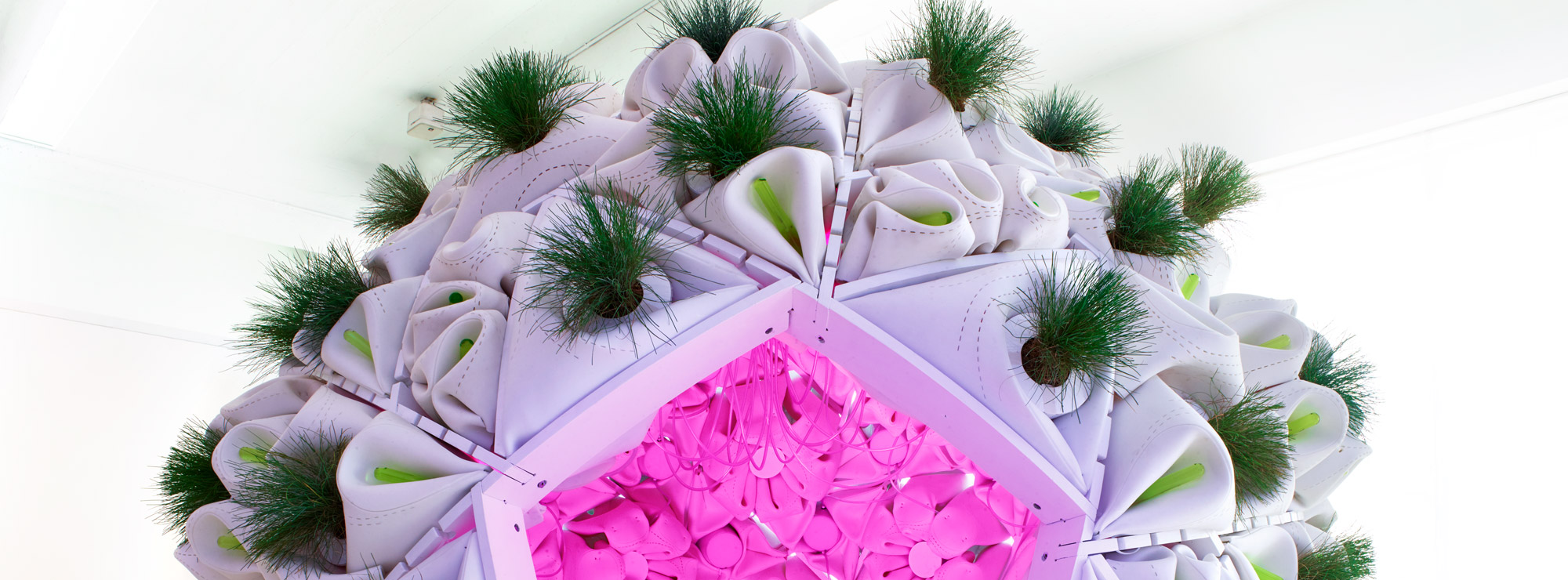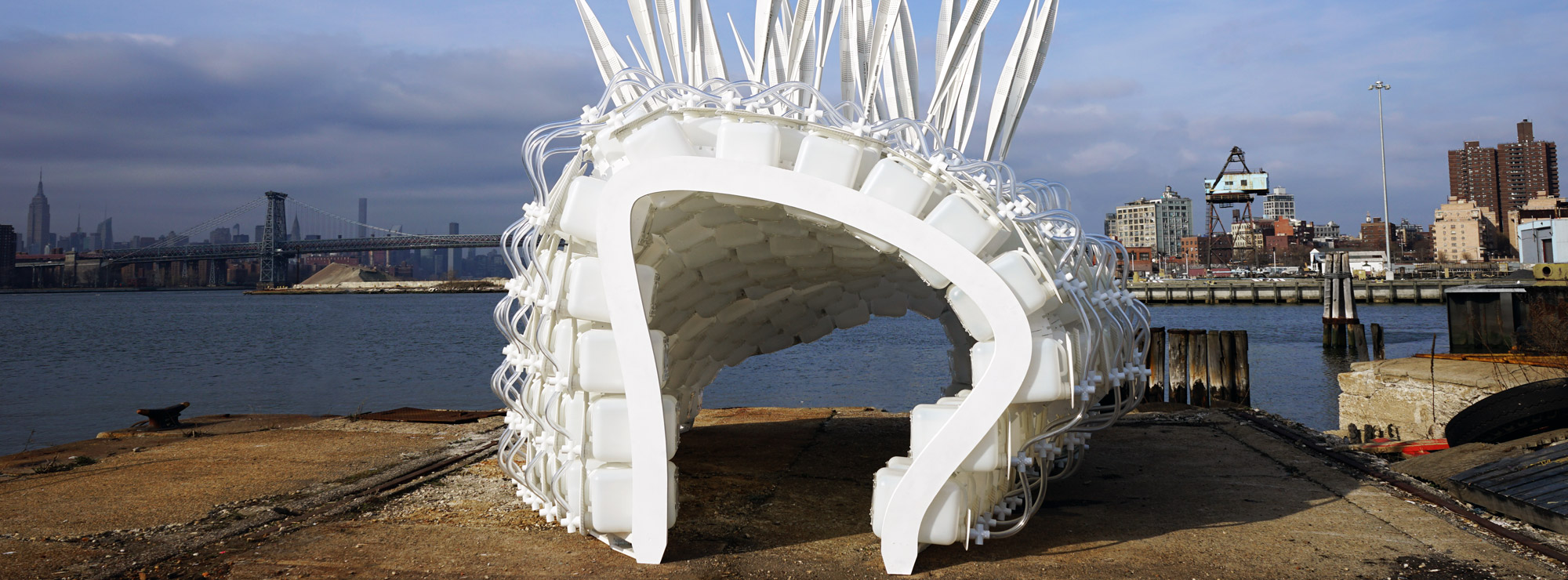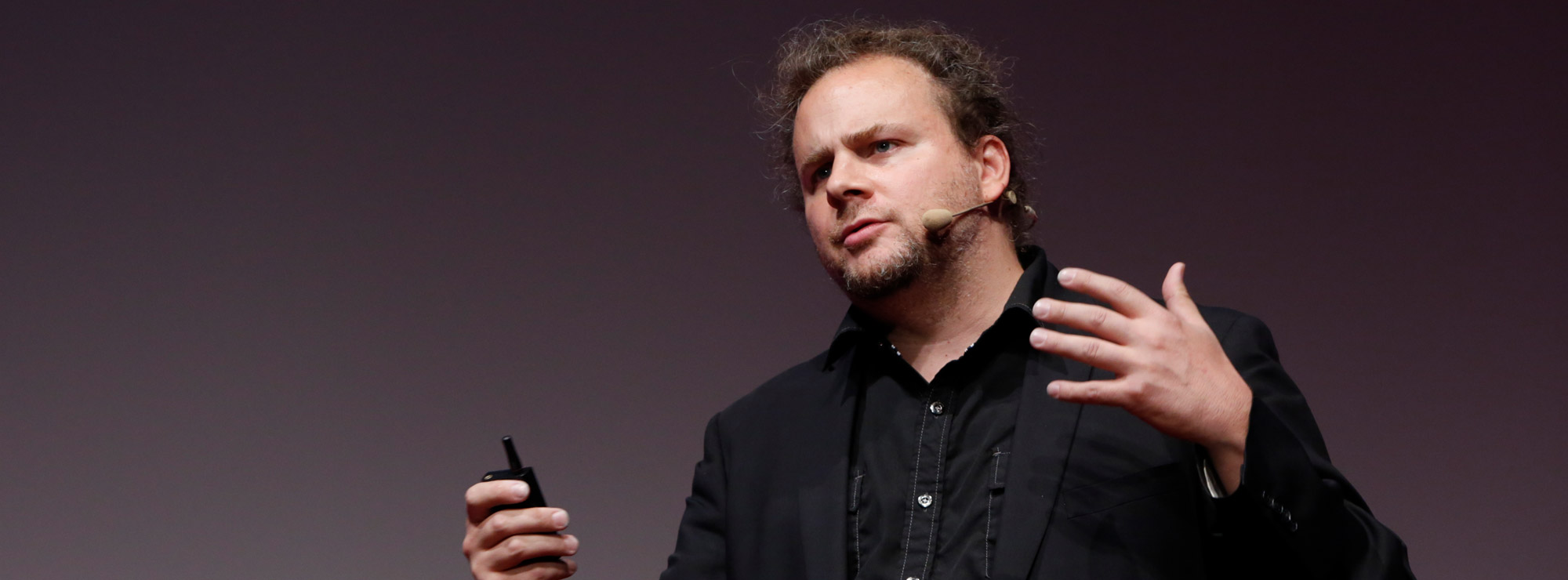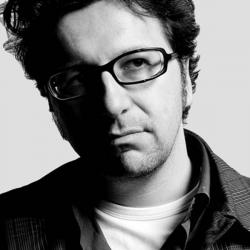Mitchell Joachim is a futurist and co-founder of Terreform ONE, a nonprofit architecture and urban design research group that promotes organic design of cities. At the verge of science fiction he illuminates the natural possibilities of cities across the globe. MIT educated Joachim regularly appears on TV talk shows such as Steven Colbert’s and is also founding member of New Lab at the Brooklyn Navy Yard, the cutting edge hub for innovation. I chatted with Joachim about his methods of using life as building material.
I did not give a damn
for another commercial building
in New York City
Srdjan: What are you working on now?
Mitchell: I have been working on a new organic building in New York. A developer came to us and said that they want to do a “super ecological system”.
Srdjan: What did you do?
Mitchell: I did not give a damn for another commercial building in New York City and used monarch butterflies as organic material. It is a vertical garden facade system that becomes a vertical meadow for monarchs, essentially a terrarium for butterflies.
Srdjan: You have already worked with insects before?
Mitchell: Yes. We did a project The Cricket Shelter. It was about reproducing crickets for inhabited structures. It is a shelter that was designed so that the bugs live a happy life and at the end after six weeks they die naturally. They go into a state of hibernation and then we harvest that. We turned them in flour and make alternate sorts of proteins. So crickets’s proteins produce architecture.
A shelter that was designed
so that the bugs live a happy life
and after six weeks they die
Srdjan: You have been doing a lot of work which you call “design with life”?
Mitchell: Ever since Frank Lloyd Wright nature in modernism has been a huge factor in how we think about design. However, nature has been a form of decoration for most of the modernism.
Srdjan: Tell me more about your earlier work.
Mitchell: At MIT I worked on a project for habitat for humanity. I looked at technology that is called grafting. It goes back to the bible and before in Greece. Humans have been grafting plants to define shapes and geometries for fencing, gardens for trellises. Take Bonsai for example that is forced into various forms.
Srdjan: How do you connect computing with living matter?
Mitchell: There is no computer model that understands woody plant life. The closest we can get is branching systems. We use computers to design the scaffolding that shapes tree houses. Plants can take many shapes and we provide an armature for that.
Srdjan: I noticed in your studio that most of the things are made by hands. Are you planning to work with any manufacturers or makers?
Mitchell: It depends on scale. Furniture that we are doing with mushrooms is intended to go towards Ecomedia which is manufacturing. But you can’t simply scale up. You need large spaces, repetition.
Srdjan: Today, when our planet is still the only one that humans inhabit, there seems to be no alternative. We need to stop using our planet as if we have another waiting after we break this one.
This is exactly why Mitchell Joachim futuristic experiments are important. They prove to us that even our wildest ideas can become a functioning reality. We are only limited by our perception of what is possible and Mitchell has taken it upon himself to push this limit as far as he can thus giving everybody else more space to live and work.





